Disclosure: This article contains affiliate links. We may earn a commission from purchases at no extra cost to you, which helps our travel content.
The morning mist clings to the volcanic peaks surrounding Lake Atitlan like a ship's sails catching the first breeze of day. I've navigated many waters in my 62 years—from municipal budget spreadsheets in Riverside to the coral reefs of Southeast Asia—but something about this Guatemalan highland lake feels different. Perhaps it's the way three majestic volcanoes stand sentinel over waters that shift from sapphire to emerald depending on the light. Or maybe it's the dozen-plus Mayan villages dotting the shoreline, each with its own distinct character yet bound by threads of ancient tradition. After spending years exploring Japan's fishing villages, I found myself drawn to this Central American crossroads where indigenous culture remains vibrantly alive. With my weathered travel journal and a modest budget of $35-45 per day, I embarked on a week-long journey through Lake Atitlan's communities last October. What follows isn't your standard tourist itinerary but rather a roadmap for meaningful connection—the kind that transforms a simple trip into something that alters your personal ledger of experiences.
Navigating Lake Atitlan's Aquatic Highway
Lake Atitlan isn't just a destination—it's a transportation network where lanchas (public boats) serve as the region's bus system. Having spent decades analyzing municipal transit budgets, I appreciate efficient systems, and this one delivers both practicality and breathtaking views.
The main public boat routes connect Panajachel (the largest town and common entry point) with San Pedro, San Juan, San Marcos, and Santiago Atitlan. Boats typically run from 6:30am until 5:00pm, with fares ranging from Q10-25 ($1.30-3.25) depending on distance. While tourists are often quoted higher prices, a simple "¿Cuánto cuesta para locales?" (How much for locals?) delivered with a friendly smile can sometimes secure the local rate.
I quickly established a morning routine: rise with the fishermen, grab a Q5 ($0.65) cup of locally-grown coffee from a lakeside vendor, and catch the first lancha of the day when the water is calmest. The boats themselves are simple affairs—wooden vessels with bench seating and makeshift canopies—but they're the arteries that keep the lake's cultural heart pumping.
For longer stays, consider purchasing a dry bag to protect cameras and electronics. After witnessing a fellow passenger's backpack get soaked during an unexpected afternoon squall, I was grateful for this simple investment that's protected my gear across three continents.
While lanchas are the primary transport, don't overlook the network of footpaths connecting nearby villages. The trail between San Marcos and Tzununa offered some of my most memorable encounters—from impromptu conversations with farmers tending their coffee plants to breathtaking vistas that no boat passenger ever sees.
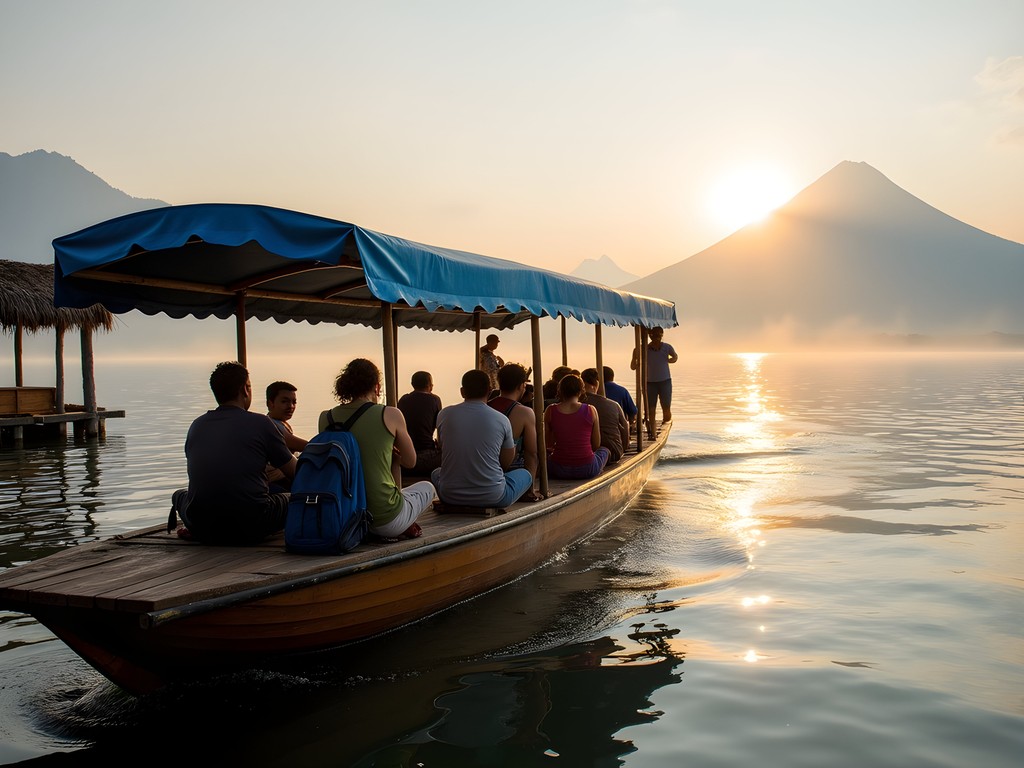
💡 Pro Tips
- Learn basic boat-related phrases in Spanish such as '¿A qué hora sale el último barco?' (When does the last boat leave?)
- Boats are more frequent in the morning and early afternoon; plan accordingly to avoid being stranded
- Sit in the middle of the boat for the driest, most stable ride—especially during afternoon winds
San Juan La Laguna: The Textile Heart of Lake Atitlan
Of all the villages surrounding Lake Atitlan, San Juan La Laguna struck the deepest chord with me. Unlike its more touristed neighbor San Pedro, San Juan maintains a quieter, more authentic atmosphere where Tz'utujil Maya traditions thrive alongside thoughtful, community-based tourism initiatives.
The village rises from the shoreline in a series of steep, colorful alleyways adorned with murals depicting local history and mythology. What immediately distinguishes San Juan is its commitment to natural textile production. Following a recommendation from my guesthouse host, I visited the Lema Association, where women demonstrated how they transform native plants into vibrant natural dyes—indigo blues, cochineal reds, and yellows from marigold flowers.
While watching the intricate backstrap weaving process—a technique unchanged for centuries—I was reminded of the small fishing villages in Hokkaido where traditional methods persist despite modernization. In both places, preserving ancestral knowledge isn't merely about maintaining cultural identity; it's an economic lifeline that provides sustainable livelihoods.
I spent three days in San Juan, staying at a family-run posada for Q100 ($13) per night—a fraction of what I'd pay for accommodations with similar lake views elsewhere. Each morning, I'd sit on my small balcony with my trusty travel journal, recording observations and budget notes while watching fishermen navigate their cayucos (traditional wooden canoes) through morning mist.
What made San Juan particularly special was the absence of aggressive tourism pitches. Instead, I found myself invited into workshops and homes through genuine connections. When I expressed interest in coffee production, a local farmer named Miguel offered to show me his small plantation, explaining how changing climate patterns were affecting growing seasons—a sobering conversation that connected my environmental concerns with the immediate realities faced by these communities.
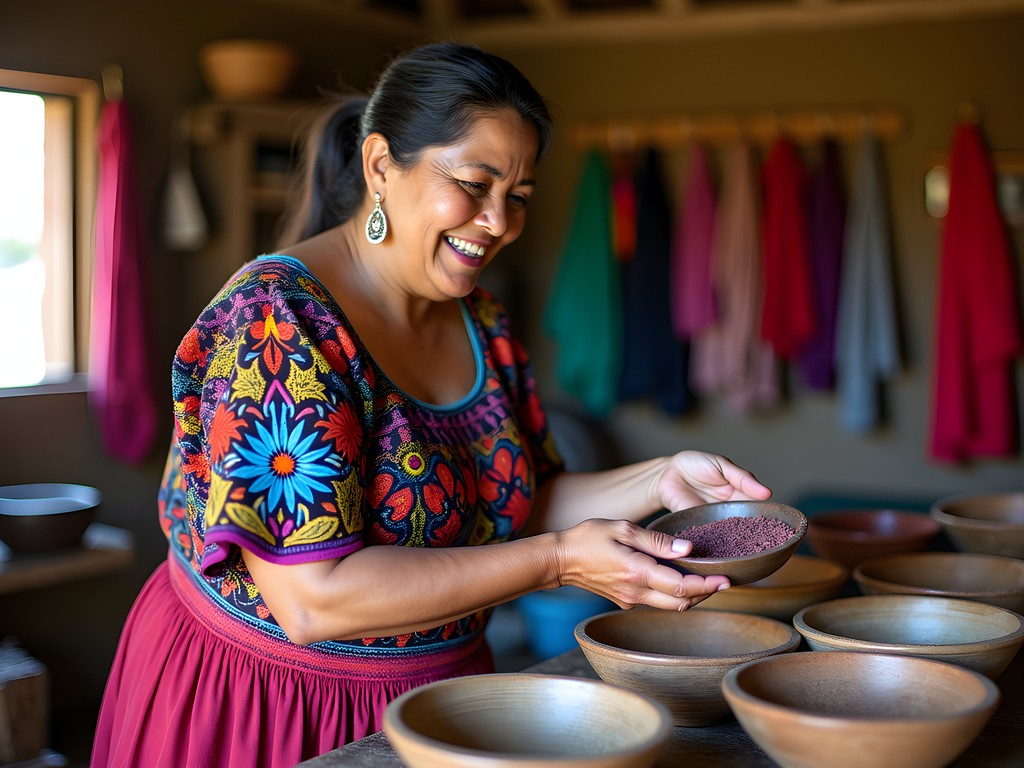
💡 Pro Tips
- Visit textile cooperatives in the morning when women are actively demonstrating dyeing techniques
- Many cooperatives accept credit cards, but bring cash for smaller workshops and better prices
- Learn a few phrases in Tz'utujil (not just Spanish) to show respect for the local indigenous language
Santiago Atitlan: Maximón and Market Economics
Santiago Atitlan, the largest indigenous town on the lake, offers a fascinating study in contrasts. Home to over 40,000 predominantly Tz'utujil Maya residents, Santiago maintains powerful traditional practices while adapting to tourism's economic influence. As someone who spent three decades analyzing municipal budgets, I found myself naturally drawn to understanding the town's economic ecosystem.
My visit coincided with market day (Tuesday and Friday), when the central plaza transforms into a vibrant commercial hub. Unlike tourist markets in Panajachel, Santiago's market primarily serves locals. Farmers arrive before dawn, arranging produce in meticulous displays—pyramids of tomatoes, bundles of herbs, and varieties of corn I'd never encountered in American supermarkets. The price differential was telling: items in tourist areas often cost 3-4 times more than here.
I brought my compact binoculars which proved unexpectedly useful for spotting birds along the lake and observing the intricate embroidery patterns on huipiles (traditional blouses) from a respectful distance. Santiago women are known for their distinctive red-and-white striped clothing adorned with colorful bird and animal embroidery.
The town's most famous resident is Maximón (also called Rilaj Mam), a folk saint represented by a wooden effigy dressed in colorful scarves and always wearing a hat. Finding his current location requires hiring a local guide (Q25/$3.25), as Maximón's residence changes annually, moving between the homes of brotherhood members who serve as his caretakers. The ceremony I witnessed—involving offerings of cigarettes, alcohol, and candles—was a fascinating blend of Maya spirituality and Catholic elements.
While photographing is permitted for an additional fee (Q10), I chose instead to purchase a small traditional painting depicting the ceremony (Q75) from a local artist. This approach felt more respectful and provided direct economic support to someone preserving cultural traditions through art—a principle I've applied in my travels across Japan and Southeast Asia.
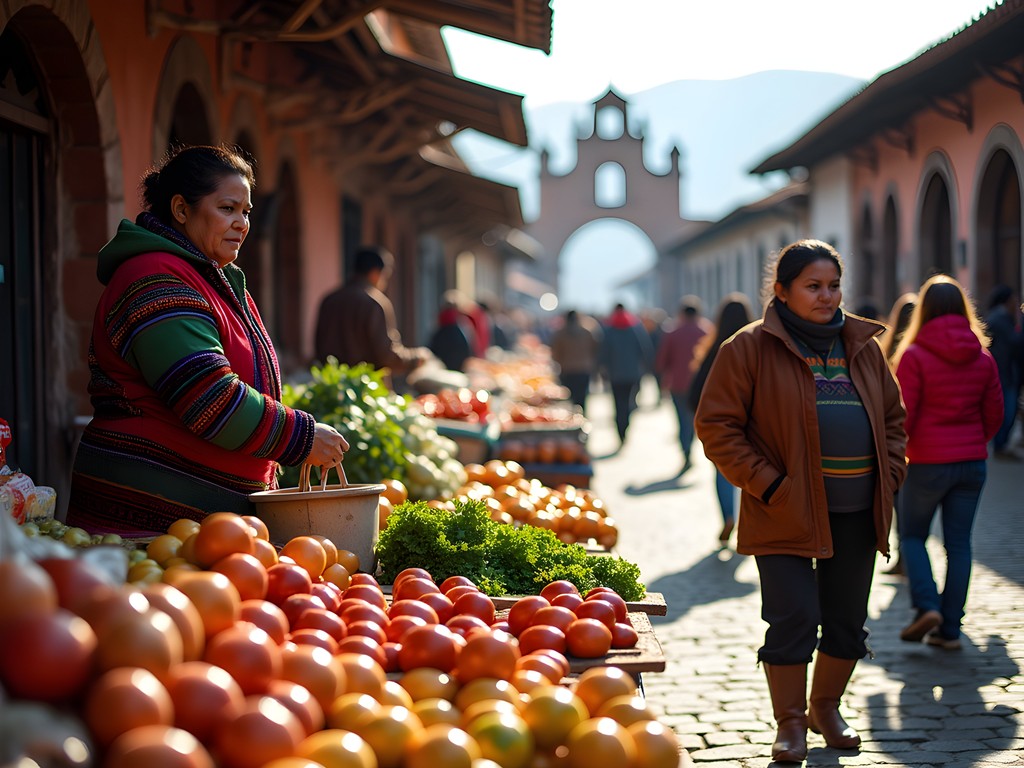
💡 Pro Tips
- Visit the Maximón shrine early in the day before it gets crowded with tour groups
- Bring small bills for market purchases and respectful offerings if visiting Maximón
- Take the direct boat from Panajachel to Santiago (Q25) rather than transferring through other villages
San Marcos La Laguna: Finding Balance Between Tradition and Transformation
San Marcos La Laguna presents perhaps the lake's most striking juxtaposition—a traditional Maya village that's become the spiritual and wellness center of Lake Atitlan. Having witnessed similar transformations in once-sleepy Japanese fishing villages, I approached San Marcos with analytical curiosity rather than judgment.
The village is effectively divided into two distinct zones: the lakefront area dominated by yoga retreats, meditation centers, and vegetarian cafes catering to international spiritual seekers; and the upper village where local Maya families continue traditional agricultural and fishing practices largely unchanged for generations.
I stayed at a modest guesthouse (Q75/$10 per night) in the transition zone between these worlds. From my small porch, I could hear both the chanting from a nearby yoga session and the rhythmic slapping of corn tortillas being prepared by the family next door—a perfect auditory representation of San Marcos's dual identity.
Rather than dismissing the wellness scene, I participated in a sunrise meditation session at the Yoga Forest (Q75/$10), where the instructor thoughtfully incorporated elements of Maya cosmology alongside more familiar Eastern practices. The session concluded with breathtaking views of the lake awakening below—a moment of tranquility that rivaled my favorite dawn spots in Kyoto.
The Reserva Natural, a protected forest area with cliff-jumping platforms and swimming access, offers excellent value at Q15 ($2). I spent an afternoon here with my waterproof camera capturing underwater scenes reminiscent of my favorite marine reserves in Southeast Asia, though with freshwater species instead of coral dwellers.
What impressed me most about San Marcos was finding pockets of authentic cultural exchange. At Comedor Konojel, a community restaurant addressing local malnutrition, I enjoyed a traditional Maya meal (Q40/$5.25) where profits support feeding programs for village children. The staff—local women developing professional skills—shared stories about how changing lake conditions have affected traditional fishing practices, echoing concerns I've heard from Japanese coastal communities facing similar environmental challenges.
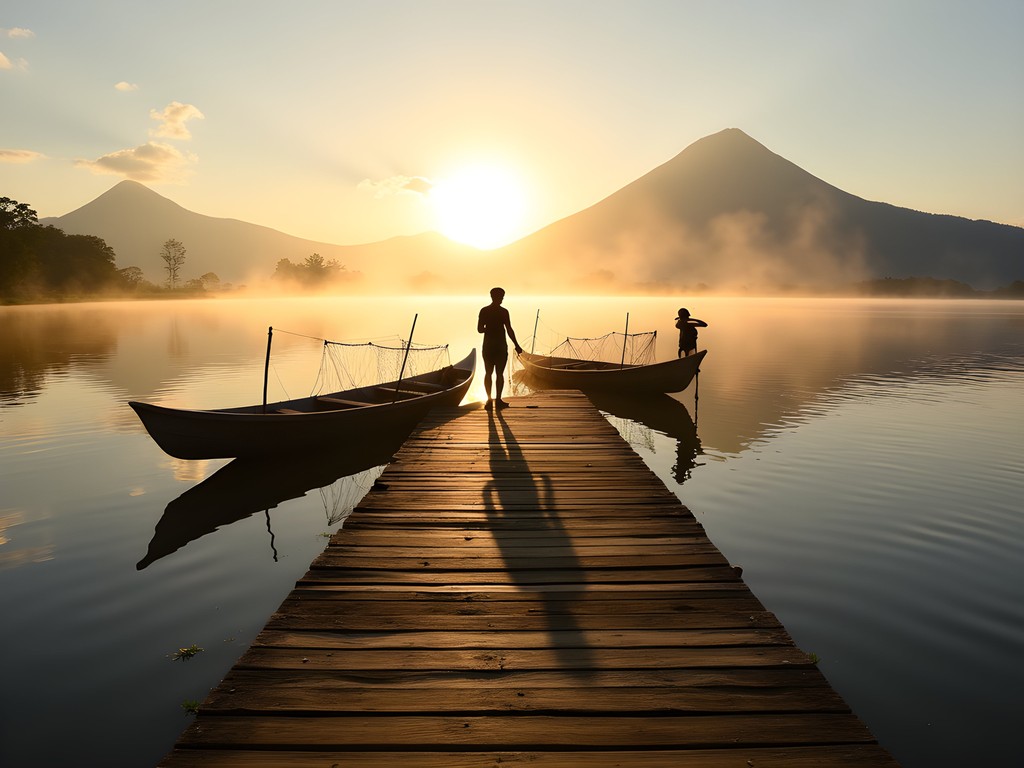
💡 Pro Tips
- Walk to the upper village in early morning to see traditional daily life before tourist activities begin
- Book wellness activities directly at centers rather than through hotels to avoid commissions and higher prices
- Support community initiatives like Konojel that create bridges between visitor economies and local needs
Santa Catarina Palopó: The Art of Community Transformation
Just a short lancha ride from Panajachel lies Santa Catarina Palopó, a village that exemplifies how thoughtful community development can preserve tradition while creating new economic opportunities. Having analyzed municipal revitalization projects during my budget analyst career, I was particularly interested in the Pintando Santa Catarina initiative.
This remarkable project has transformed the village into a living art installation, with houses painted in vibrant patterns derived from traditional huipil textiles. Unlike top-down development schemes I've seen fail elsewhere, this initiative began with community consensus and maintains local ownership. Families choose whether to participate, select their own patterns from traditional designs, and receive paint and training rather than outside labor.
I spent a day wandering Santa Catarina's steep pathways, where each turn revealed new perspectives of the painted village against the lake backdrop. The project has successfully attracted day visitors, creating markets for local artisans who previously struggled to compete with larger villages. In a small cooperative, I watched women weaving using techniques passed through generations, their finished textiles incorporating the same patterns now adorning village walls.
For lunch, I visited a small comedor (family restaurant) where Q35 ($4.50) secured a delicious meal of pepián (traditional meat stew with pumpkin seed sauce) and freshly made tortillas. The owner, noting my interest in local economic development, explained how the painting project had allowed her to expand from occasional food sales to a permanent restaurant supporting three families.
What makes Santa Catarina particularly worth visiting is its manageable scale. Unlike larger lake communities, you can meaningfully explore the entire village in 3-4 hours, making connections between the painted symbolism and the textiles being created in workshops. I recommend bringing a travel sketchbook to capture the geometric patterns—I filled several pages with designs that now serve as colorful reminders of Lake Atitlan's artistic heritage.
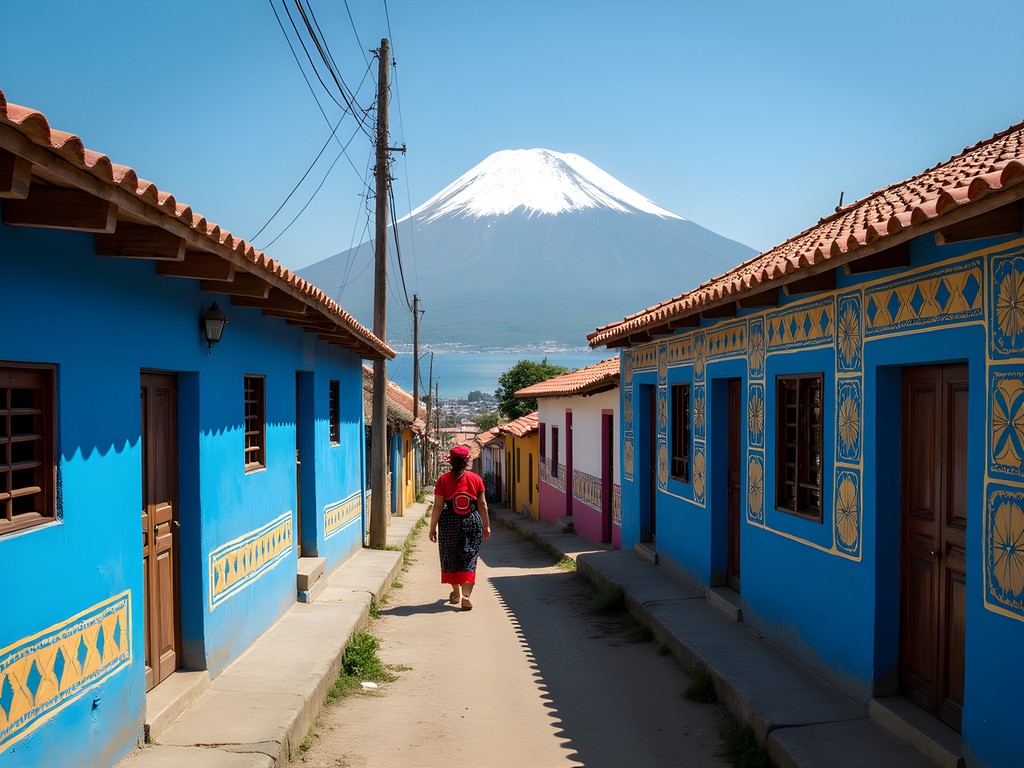
💡 Pro Tips
- Hire a local guide (Q50-75) through the community tourism office to understand the meaning behind different painted patterns
- Visit mid-week when fewer tour groups arrive from Antigua and Guatemala City
- Bring small denominations for purchasing handicrafts directly from home workshops
Sustainable Budget Practices: The Economics of Authentic Travel
After decades analyzing municipal budgets in Riverside, applying financial discipline to travel comes naturally to me. At Lake Atitlan, this approach isn't just about saving money—it's about creating more meaningful connections while ensuring tourism benefits local communities.
My week-long exploration cost approximately $315 total ($45/day), including accommodations, meals, transportation, and activities. This mid-range budget allowed for comfortable yet authentic experiences while avoiding the artificial bubble that higher-end tourism often creates.
Accommodation Strategy: Rather than booking online, I arrived in Panajachel and negotiated directly with guesthouses in each village, securing rates 30-40% below listed prices for longer stays (2-3 nights). In San Juan, this approach reduced my nightly rate from Q150 to Q100 ($13), with the added benefit of building rapport with family-run businesses.
Meal Economics: Following local eating patterns yielded both financial and cultural benefits. A typical day included: - Breakfast: Fresh fruit, eggs, and tortillas at local comedores (Q15-25/$2-3.25) - Lunch: Main meal of the day at village restaurants (Q35-50/$4.50-6.50) - Dinner: Street food or market items (Q15-30/$2-4)
By adjusting my dining schedule to match local customs—with the main meal at midday—I enjoyed fresher ingredients while supporting smaller establishments that close before dinner hours.
Transport Calculations: Lanchas between villages cost Q10-25 ($1.30-3.25) depending on distance. While private boats are available, public transportation provided valuable opportunities to observe local life and practice Spanish. I allocated approximately Q50 ($6.50) daily for boat travel, allowing multiple village visits without rushing.
For longer-term travelers, I recommend investing in a travel towel. Mine has accompanied me across three continents, drying quickly between villages and saving both money and plastic waste compared to purchasing disposable options.
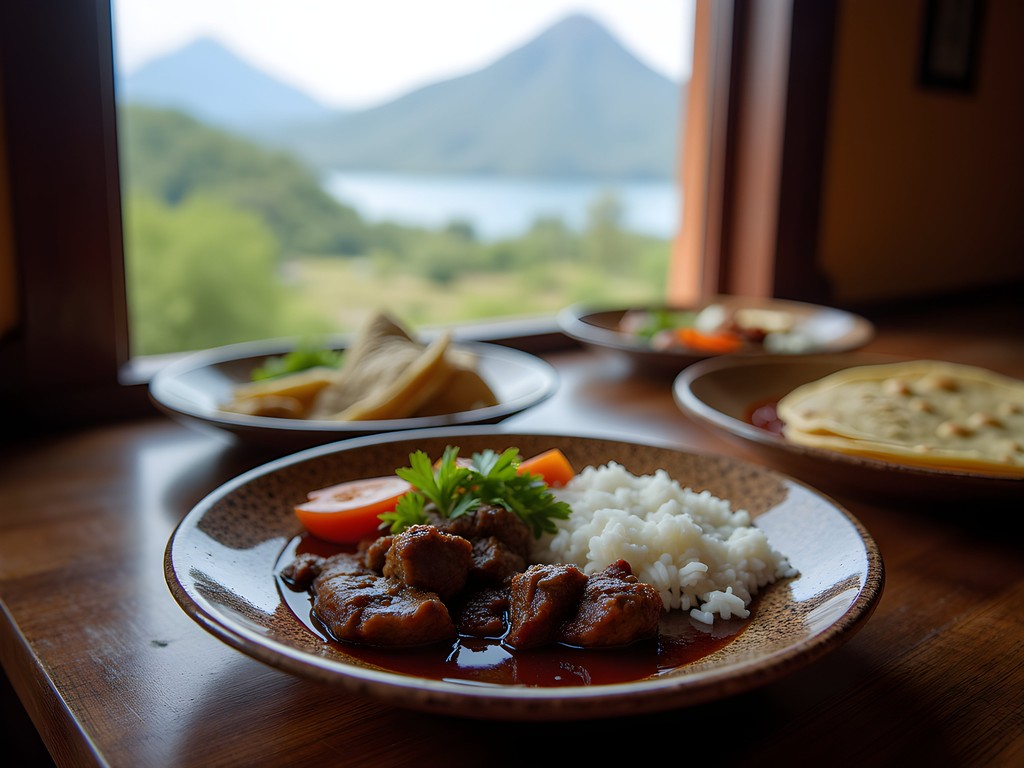
💡 Pro Tips
- Ask about multi-night discounts when arriving at guesthouses—many owners prefer direct bookings over online reservations
- Carry a reusable water bottle with filter to avoid purchasing bottled water (saving approximately Q15/$2 daily)
- Exchange currency in Panajachel for better rates than in smaller villages, but keep smaller bills for village purchases
Final Thoughts
As the lancha pulls away from the shore on my final morning, the lake's surface ripples like pages turning in a well-worn travel journal. Lake Atitlan defies simple categorization—it's neither untouched paradise nor tourist trap, but rather a complex ecosystem of communities navigating tradition and change on their own terms. What makes this destination extraordinary isn't just the natural beauty that frames every vista, but the resilience of Maya culture that continues to thrive despite centuries of external pressures. For the budget-conscious traveler willing to move at a village pace, these shores offer lessons that extend far beyond Guatemala. Like the volcanic forces that shaped this landscape millennia ago, the most meaningful travel experiences transform us slowly, layer by layer. Whether you're a seasoned adventurer or embarking on a midlife journey of discovery as I did a decade ago, Lake Atitlan's villages remind us that the most valuable souvenirs are the connections we forge and the perspectives we gain when we choose to travel not just as observers, but as temporary neighbors.
✨ Key Takeaways
- Village-hopping accommodations provide more authentic experiences than staying in one location
- Learning basic Tz'utujil Maya phrases opens doors that remain closed to Spanish-only speakers
- Supporting community-led initiatives creates more meaningful connections than conventional tourism activities
📋 Practical Information
Best Time to Visit
October-November (fall) or February-March (dry season with pleasant temperatures)
Budget Estimate
$35-50 per day for mid-range budget travel
Recommended Duration
Minimum 5 days, ideally 7-10 days to visit multiple villages
Difficulty Level
Easy To Moderate (Village Paths Can Be Steep And Uneven)
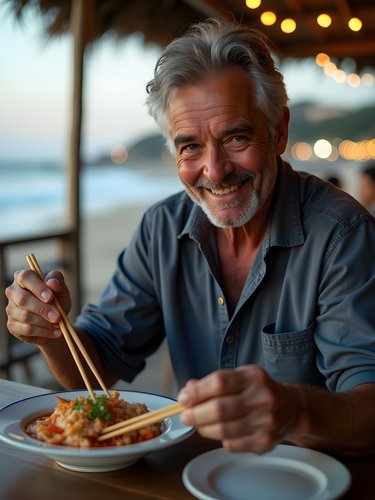

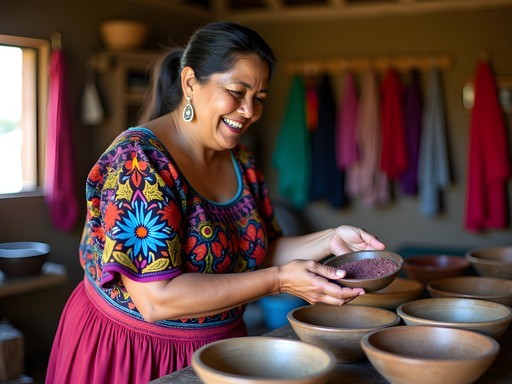
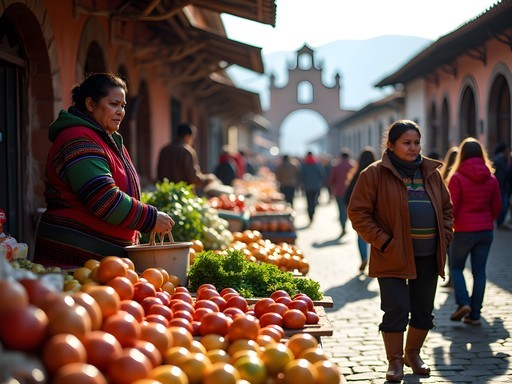

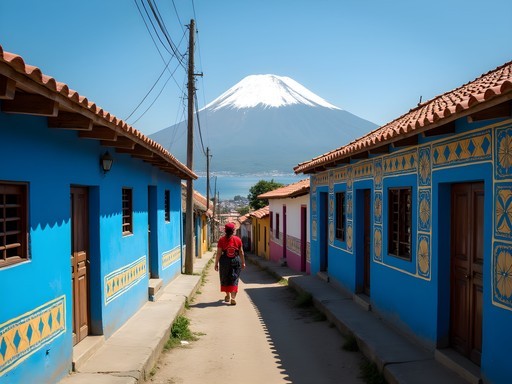
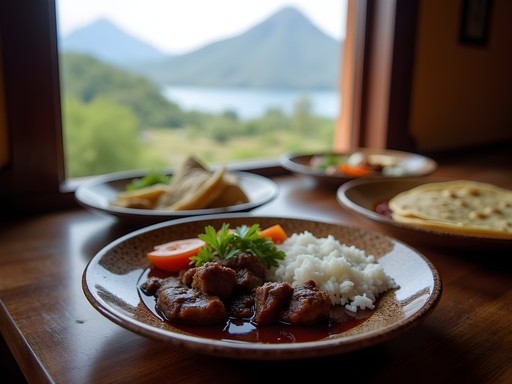



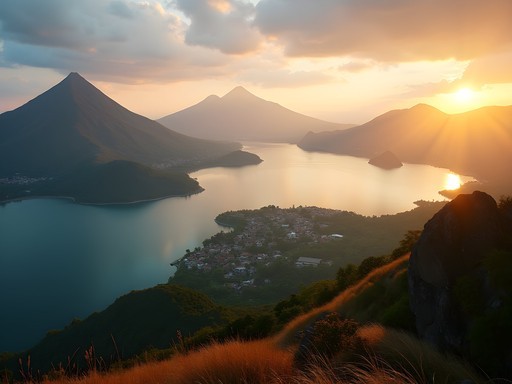





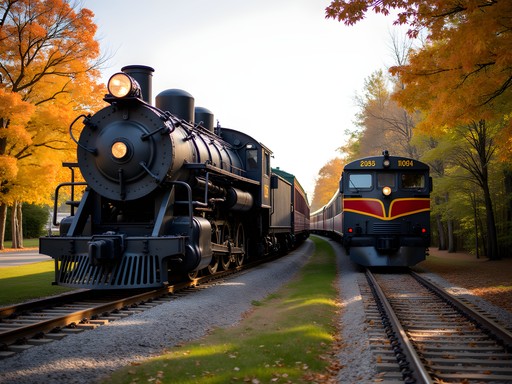
Comments
oceanfan
Been to San Marcos twice. The spiritual vibe there is real. Try the cacao ceremony if you go!
John Hart
Good call on the cacao ceremony! I didn't have space to include that in the article, but it was a profound experience.
wanderstar4737
Those sunrise photos are INCREDIBLE! The mist over the volcanoes looks magical. Adding Lake Atitlan to my bucket list right now!
Bryce Diaz
John, your section on Santiago Atitlan brought back so many memories! Meeting Maximón was one of the most fascinating cultural experiences I've had in my travels. For anyone going, bring some small bills and cigarettes as offerings. The shrine moves to a different home each year, so you'll need to ask locals where to find him. I hired a local guide (around 100 quetzales) who explained the significance of everything, which made it so much more meaningful than just wandering in. Also, the market there has better prices than Panajachel if you're shopping for souvenirs. I picked up a travel daypack before my trip which was perfect for carrying water and rain gear on the boat journeys.
dreamfan
Is it safe to travel solo around Lake Atitlan? I'm a bit nervous about the boat transportation between villages. Also wondering if English is widely spoken or should I brush up on my very basic Spanish?
Bryce Diaz
I did Lake Atitlan solo last year and felt completely safe. The lanchas run frequently during daylight hours - just avoid traveling after dark. Basic Spanish helps A LOT, especially for negotiating prices and in the smaller villages. I kept a Spanish phrasebook app on my phone that worked offline. Most people in tourism speak some English, but the more remote you go, the less common it becomes. Take the public boats rather than private ones to save money and meet locals!
dreamfan
Thanks Bryce! That's reassuring. Will download a Spanish app before going.
Claire Hawkins
John, your description of San Juan La Laguna took me right back! We visited with our kids (7 and 9) last summer, and the textile cooperatives were actually the highlight of their trip. My daughter still has the little bracelet she bought directly from the weaver who showed her how the natural dyes are made from plants and flowers. The purple from the berries was their favorite! What surprised me was how family-friendly the whole lake area was - we stayed at a small guesthouse in San Pedro where the owners' children played with ours while we enjoyed coffee on the deck. Your advice about taking time in each village rather than rushing is spot on.
oceanace
This is exactly what I needed! Heading to Lake Atitlan next month and was worried about how to navigate between villages. The lancha info is super helpful!
John Hart
Glad you found it helpful! Just remember to agree on the price before getting on any lancha. The locals pay much less than tourists, so a little negotiation is expected.
oceanace
Thanks for the tip! Will definitely haggle a bit. Can't wait to check out those textiles in San Juan too!
Savannah Torres
John, your post captures the essence of Lake Atitlan perfectly! We visited with our family last spring and found the balance between tourism and tradition fascinating. In San Juan, my kids participated in a backstrap weaving workshop where a Mayan grandmother showed incredible patience teaching them. Her granddaughter translated while explaining how they're preserving techniques that are centuries old. One tip for families: the Santiago market is wonderful but can be overwhelming with little ones. We went early (around 8am) which was much less crowded. The boat ride to San Marcos was our kids' favorite part - they still talk about the 'lake taxi'! Did anyone else notice how the villages are changing? Some locals in San Pedro told us about their concerns with overdevelopment, but also appreciated how tourism has created opportunities for their children. It's such a complex situation.
wildmaster
That weaving workshop sounds amazing! Did your kids get to take home what they made?
Savannah Torres
They did! Small bracelets they wove themselves. Not exactly gallery-worthy but they're proudly displayed in their rooms now! The women were so kind and patient with them.
roamtime
Going there next month! How many days would you recommend for exploring all the villages?
Savannah Torres
We spent a week with our kids and it felt just right! I'd recommend at least 4-5 days minimum to experience the different villages without rushing. Base yourself in Panajachel or San Pedro for easier transportation options. Morning boat rides are much calmer than afternoon ones when the wind picks up (especially if traveling with little ones like we were!).
roamtime
Thanks! Planning for 5 days so that sounds perfect. Any safety concerns with the boats?
Savannah Torres
The public lanchas are generally safe but can get crowded. We used life jackets for our kids as the boats don't always have them. Morning crossings are definitely calmer!
wildmaster
This post brought back so many memories! I visited Lake Atitlan last year and completely agree about San Juan being the textile heart. The natural dye workshops were AMAZING - watching the women create those vibrant colors from plants was mind-blowing. Did anyone else notice how each village has such a different vibe? San Marcos was a bit too hippie for me but Santiago Atitlan felt so authentic. Those lanchas are definitely an adventure though - got completely soaked one afternoon when the wind picked up!
roamtime
The lanchas are wild! We got caught in a storm crossing from Panajachel to Santiago. White knuckle ride for sure!
wildmaster
Right?! I learned to always sit in the middle of the boat after that first drenching! Did you get to see Maximón in Santiago?
roamtime
Yep! Super interesting cultural experience. Gave him some cigarettes and rum as offerings like the locals suggested.
springlife
This looks amazing! I'm planning my first trip to Guatemala and wondering how safe it is to travel between these villages alone? Also, would you recommend staying in different villages or picking one as a base?
Hunter Thompson
Hey springlife! Not the author but I can tell you the lake is generally safe during daylight hours. Just avoid the last lancha of the day if possible. I stayed in San Pedro as my base - great balance of amenities and local culture. Plus lots of Spanish schools if you want to learn!
springlife
Thanks Hunter! That's super helpful. Did you use any particular guidebook for the area? I'm trying to prepare as much as possible since it's my first solo trip.
Hunter Thompson
I found this guidebook really useful, especially for the cultural context around the Mayan villages. But honestly, John's blog post here gives you better insider tips than most published guides! Don't overthink it - the lake has a way of revealing itself to you once you're there.
Venture X
Premium card with 2X miles, $300 travel credit, Priority Pass